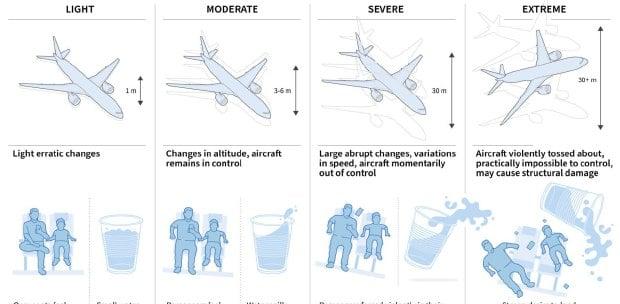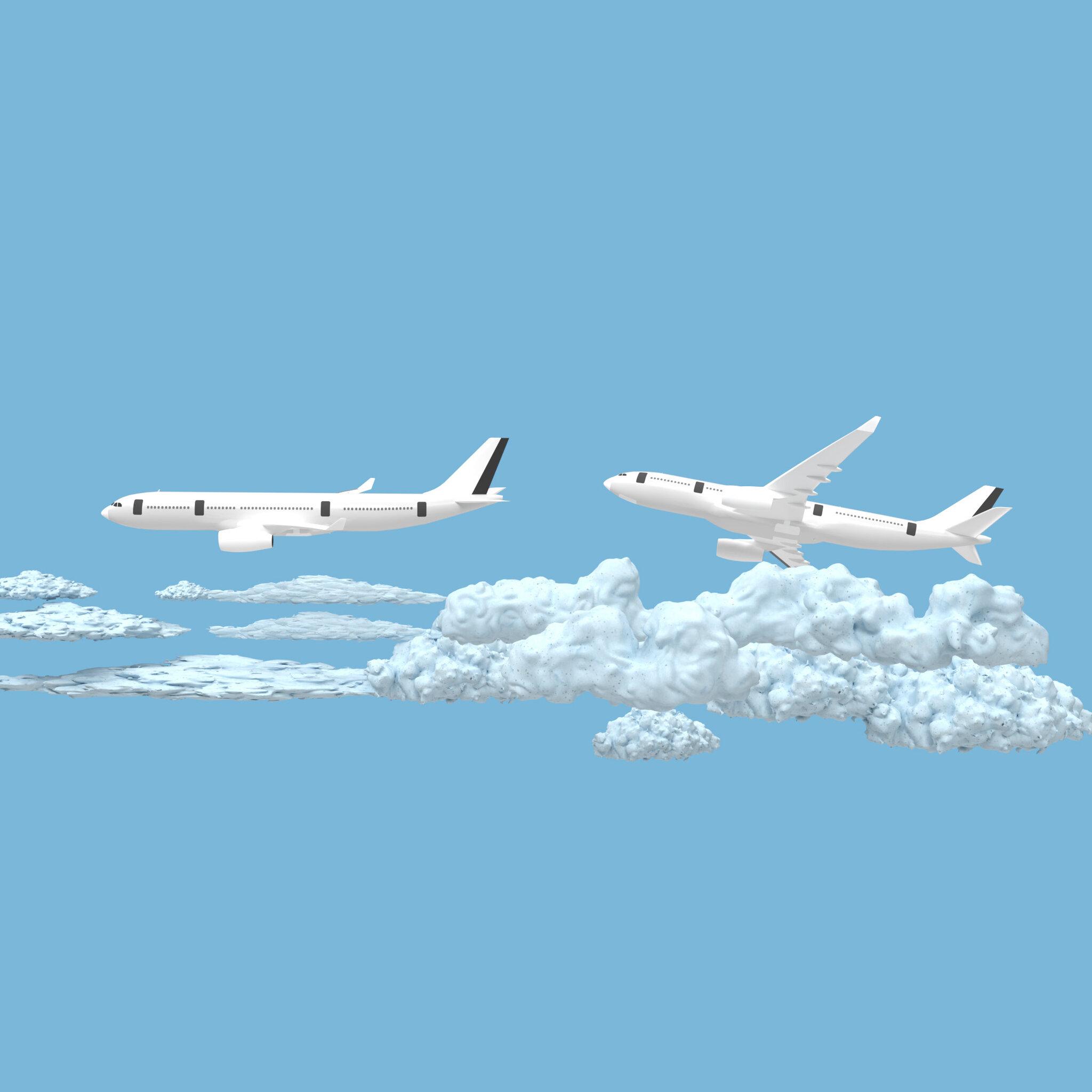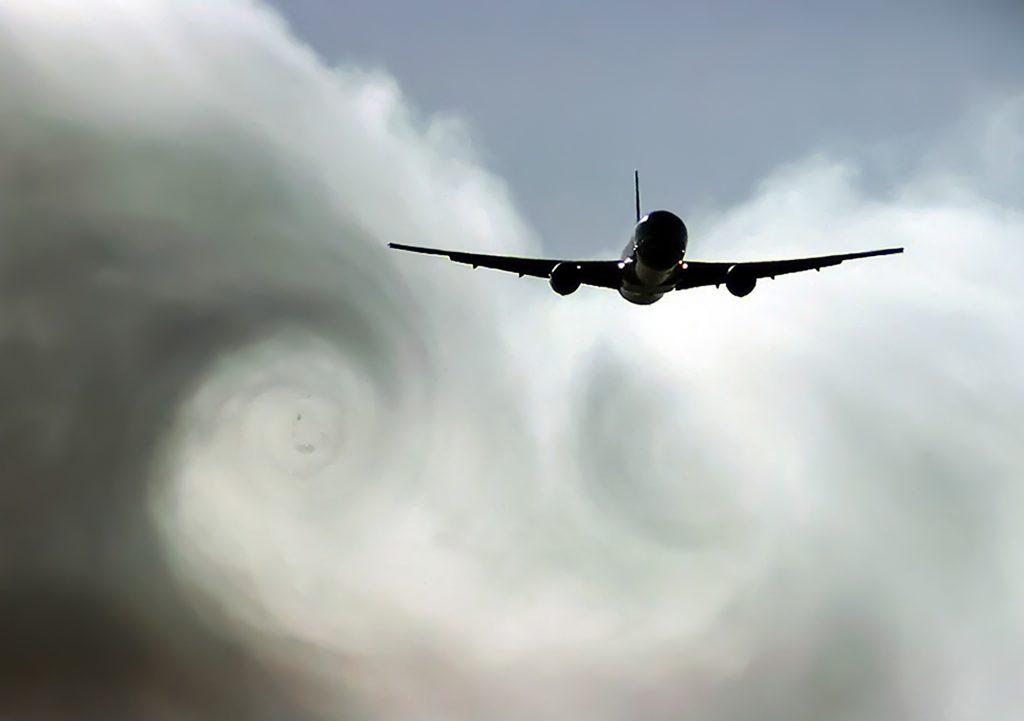Understanding the Science Behind Increased Turbulence in Air Travel
The frequency and intensity of turbulence during air travel have become a growing concern for passengers and airlines alike. Recent studies indicate that rising global temperatures are altering wind patterns and causing changes in the atmosphere that lead to increased turbulence. as the planet warms, high-altitude jet streams are becoming stronger and more unpredictable, resulting in conditions known as clear air turbulence, which can occur without warning. This phenomenon is particularly hazardous as it often catches pilots off guard,creating sudden and jarring movements within the aircraft.
Additionally, atmospheric conditions such as thunderstorms and fronts contribute to turbulent air pockets that can impact flight safety. As climate change progresses, regional shifts in weather patterns lead to more extreme weather events, exacerbating turbulence. Pilots are increasingly relying on advanced radar and forecasting technology to navigate these challenging conditions. Though, despite improved tools, the reality remains: as our atmosphere evolves, turbulence may continue to become both more frequent and more severe, fundamentally altering the experience of flying.

Climate Change as a Catalyst for More Severe Flight Instability
The ongoing impact of climate change is increasingly evident in various aspects of our environment, and aviation is no exception. Research indicates that warming temperatures, particularly in the upper atmosphere, are altering air currents and jet streams, creating a more chaotic aerial landscape. As these atmospheric patterns shift, pilots are encountering stronger and more unpredictable turbulence. The effects are felt not just during turbulent weather conditions but also in clear air, where variations can be even more alarming due to the lack of visual cues.
Several key factors contribute to this phenomenon:
- Intensified storms: The frequency and intensity of storms are on the rise, resulting in stronger downdrafts and updrafts that disrupt flight paths.
- Jet stream variations: Changes in the jet streamS strength and direction can lead to meaningful turbulence, particularly on transcontinental flights.
- Temperature fluctuations: The increasing differences in temperature between the equator and poles can enhance the instability of atmospheric conditions.
This evolving landscape of flight instability necessitates a new approach to aviation safety and pilot training, ensuring that the industry adapts to these increasingly unpredictable flying conditions.

Enhancing Pilot Training and Technology to Navigate Turbulent Skies
As the aviation industry grapples with the increasing frequency and intensity of turbulence, enhancing pilot training has never been more vital. Customary training methods, while valuable, must evolve to incorporate advanced simulation technologies that provide realistic, dynamic environments for pilots to practice in. This includes:
- Virtual Reality Simulations: Immersive technologies allow pilots to experience a variety of turbulent conditions without the risks associated with real-life scenarios.
- Data-Driven Insights: Leveraging big data analytics, pilots can gain real-time insights into weather patterns and turbulence forecasts, enhancing their decision-making capabilities during flights.
- Continual Professional Development: Regularly updated training modules will ensure pilots are well-equipped to handle the latest developments in turbulence science and technology.
Moreover, the integration of enhanced cockpit technology, such as predictive turbulence detection systems, plays a crucial role in navigating increasingly turbulent skies. These innovative tools can alert pilots to potential turbulence ahead, allowing for timely adjustments to flight paths. key features of this technology include:
- Real-time Data Sharing: Continuous updates from ground and satellite sources provide pilots with relevant details about in-flight conditions.
- Automated Response Systems: Advanced autopilot systems can automatically adjust altitude to minimize turbulence-related disruptions.
- Collaborative Decision-Making Tools: Systems that facilitate interaction between pilots and air traffic control for coordinated navigation during turbulent conditions.

Recommendations for Passengers: Staying Safe and Informed During Turbulence
While turbulence is a common aspect of air travel, understanding how to navigate it can enhance your flying experience. here are a few key practices to ensure safety and peace of mind during flight:
- Stay Buckled Up: Ensure that your seatbelt is fastened whenever you are seated,not just during turbulence warnings. This simple action can provide added security.
- Listen to the Crew: Pay attention to announcements from the flight crew and follow their instructions. They are trained to handle turbulence and keep you informed.
- limit Movements: If the seatbelt sign is on,avoid getting up. Use the restroom before takeoff or during calm periods to minimize discomfort.
Being well-informed can also help alleviate anxiety.Travelers are encouraged to:
- Stay Updated: Check weather conditions and flight status updates before your journey. Awareness can prepare you for possible turbulence.
- engage in Distractions: Bring books, movies, or music to help pass the time during flights, especially during bumpy patches.
- Practice Relaxation Techniques: Techniques such as deep breathing or visualization can ease tension when the ride gets rough.
